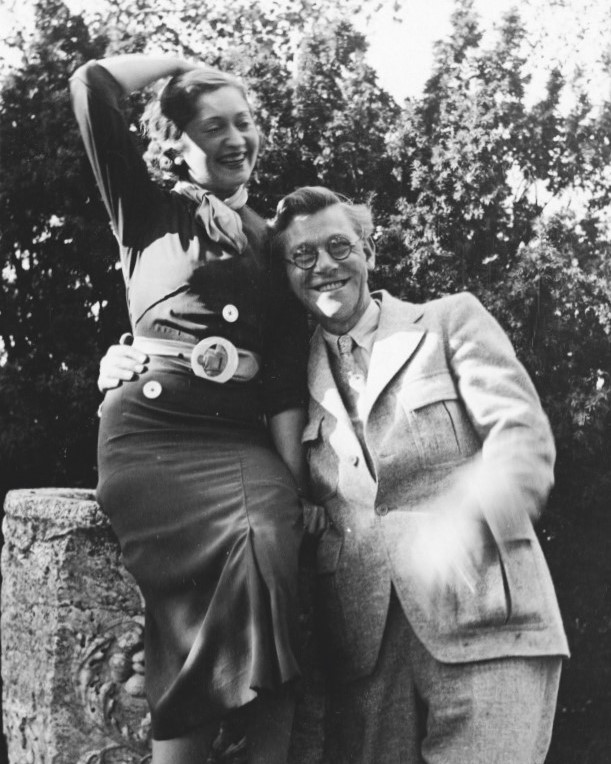David OLÈRE
Январь 3, 2019Isaac PAÏLES
Январь 3, 2019Фелиция ПАКАНОВСКА
ЛОДЗЬ (ПОЛЬША) 1907 – ПАРИЖ 2002
Фелиция Пакановска выросла в Лодзи в творческой семье. Её мать была скульптором, брат стал известным архи- тектором в Италии. Фелиция изучала живопись и гравюру в Школе изящных искусств Варшавы. В 1932 году приехала в Париж. В 1935 году путешествовала по Англии и Италии, где изучала скульптуру в Школе изящных искусств и в Школе Медали в Риме. В 1935–1937 годах снова жила в Лодзи, сошлась с писателем Мойшей Бродерзоном и написала его портрет.
В 1937 году Фелиция вернулась в Париж. В годы оккупации Пакановска скрывалась, ей удалось избежать облав 1942 года. После войны она часто ездила в Рим. В этот период она создала немало портретов, среди которых портреты Хила Аронсона и Эрнеста Намейни. В 1954 году стала лауреатом премии Виареджо. В 1956 году в Ливорно Пакановска стала лауреатом премии рисунка Модильяни. Двумя годами позже она стала членом жюри Осеннего сало- на и Салона сравнений. В 1962 году Государственный музей совре- менного искусства и Государственная библио- тека Парижа приобрели множество работ Фелиции Пакановска.
Stories of Jewish Artists of the School of Paris 1905-1939
FRENCH-ENGLISH
Capitale des arts, le Paris des années 1905-1939 attire les artistes du monde entier. De cette période de foisonnement, un terme est resté, celui d'Ecole de Paris, qui recouvre une grande diversité d'expression artistique. Dans ce brassage dont Montparnasse est le creuset, un groupe se distingue : celui des artistes juifs venus de Russie, de Pologne et d'Europe centrale. Si leurs styles sont variés, un destin commun les rassemble : ils fuient l'antisémitisme de leur pays d'origine. Certains ont connu la célébrité dès les années 1920, tels Soutine, Lipchitz ou Chagall. D'autres n'ont pas eu le temps ou la chance d'y accéder. Près de la moitié a péri dans les camps de concentration nazis.
From 1905 to 1939, Paris attracted artists from all over the globe as the capital of the art world. This period of artistic proliferation became known as the School of Paris, and includes a great diversity of artistic expression. Within the teeming art world centred on Montparnasse, one group set itself apart: Jewish artists from Russia, Poland, and Central Europe. Although their styles were diverse, they shared the common fate of fleeing anti-Semitic persecutions in their home countries. Some became famous in the 1920s, such as Soutine, Lipchitz, and Chagall, while others did not have the time or the luck to gain renown. Nearly half of these artists died in Nazi concentration camps.





